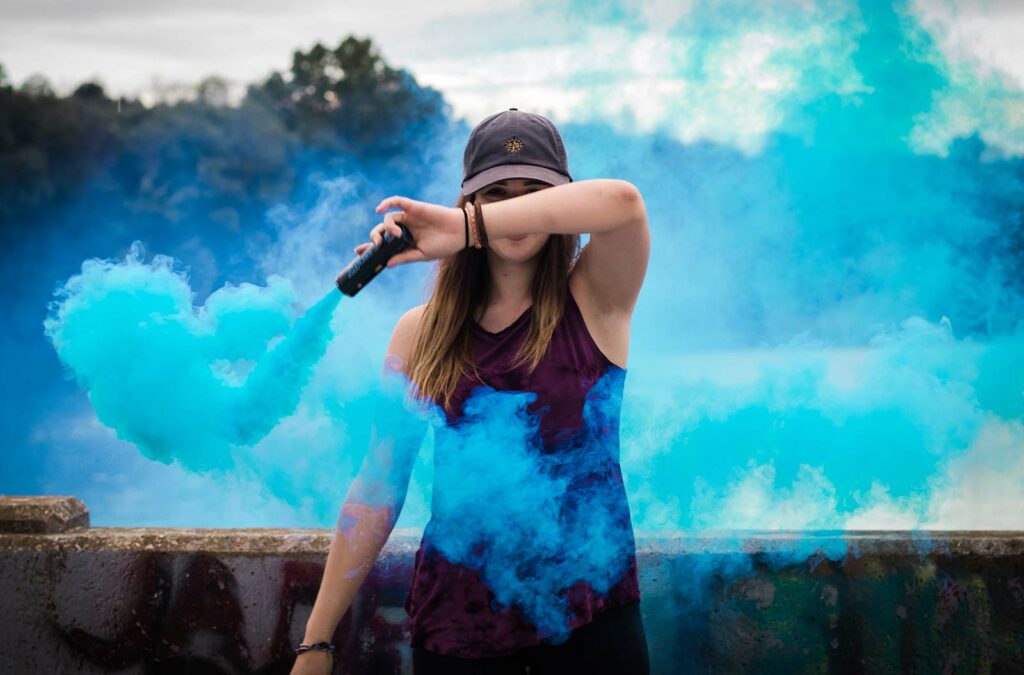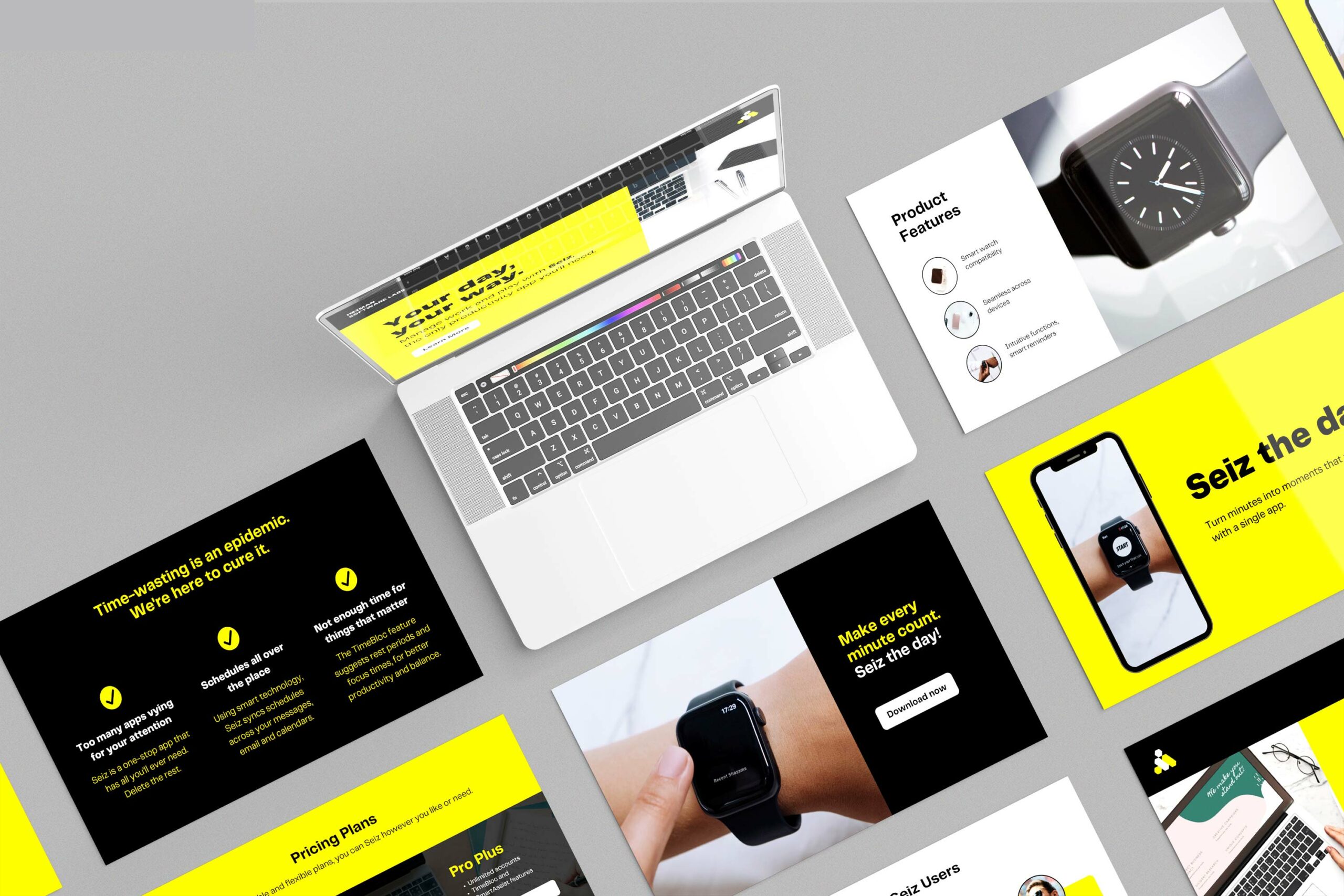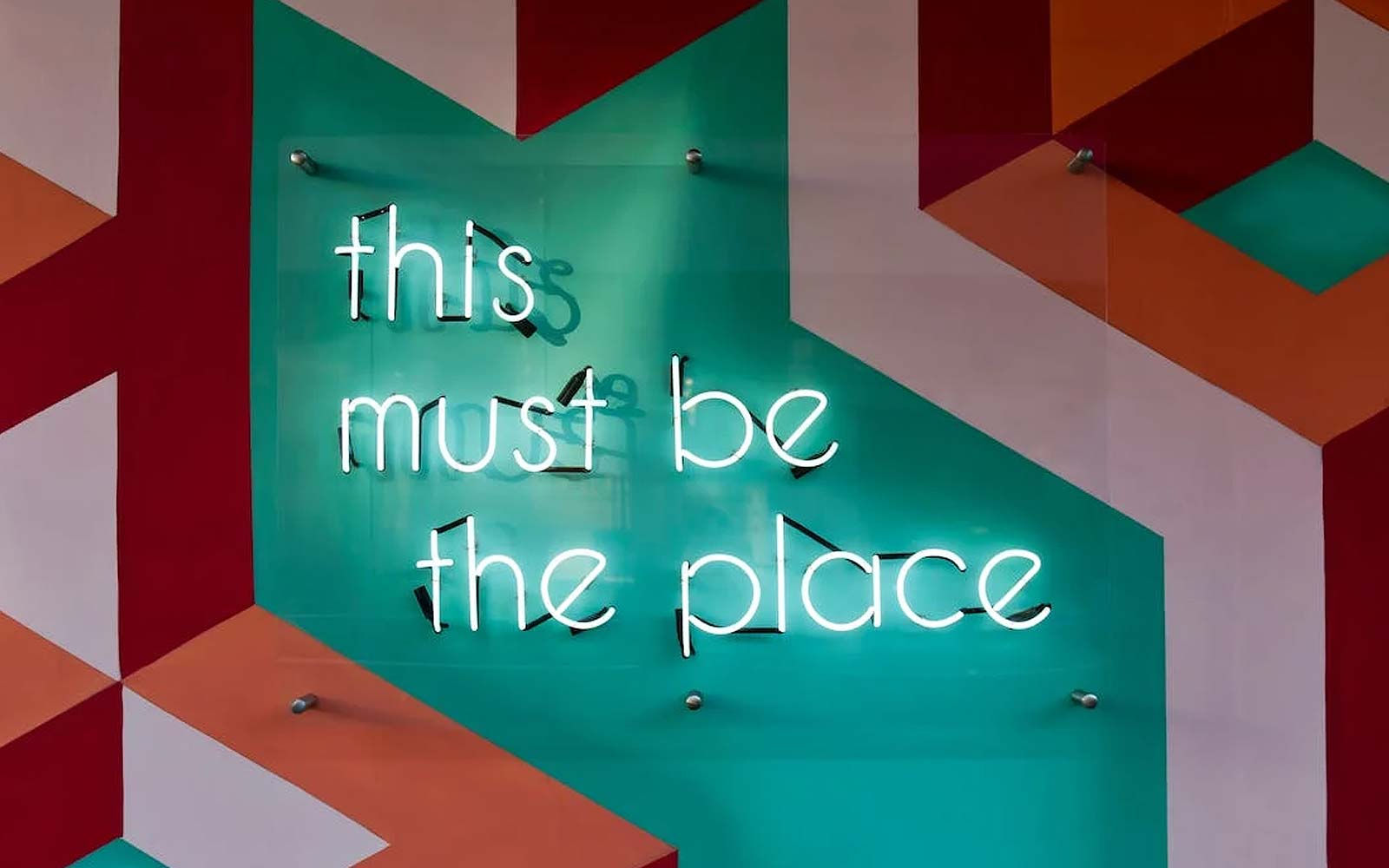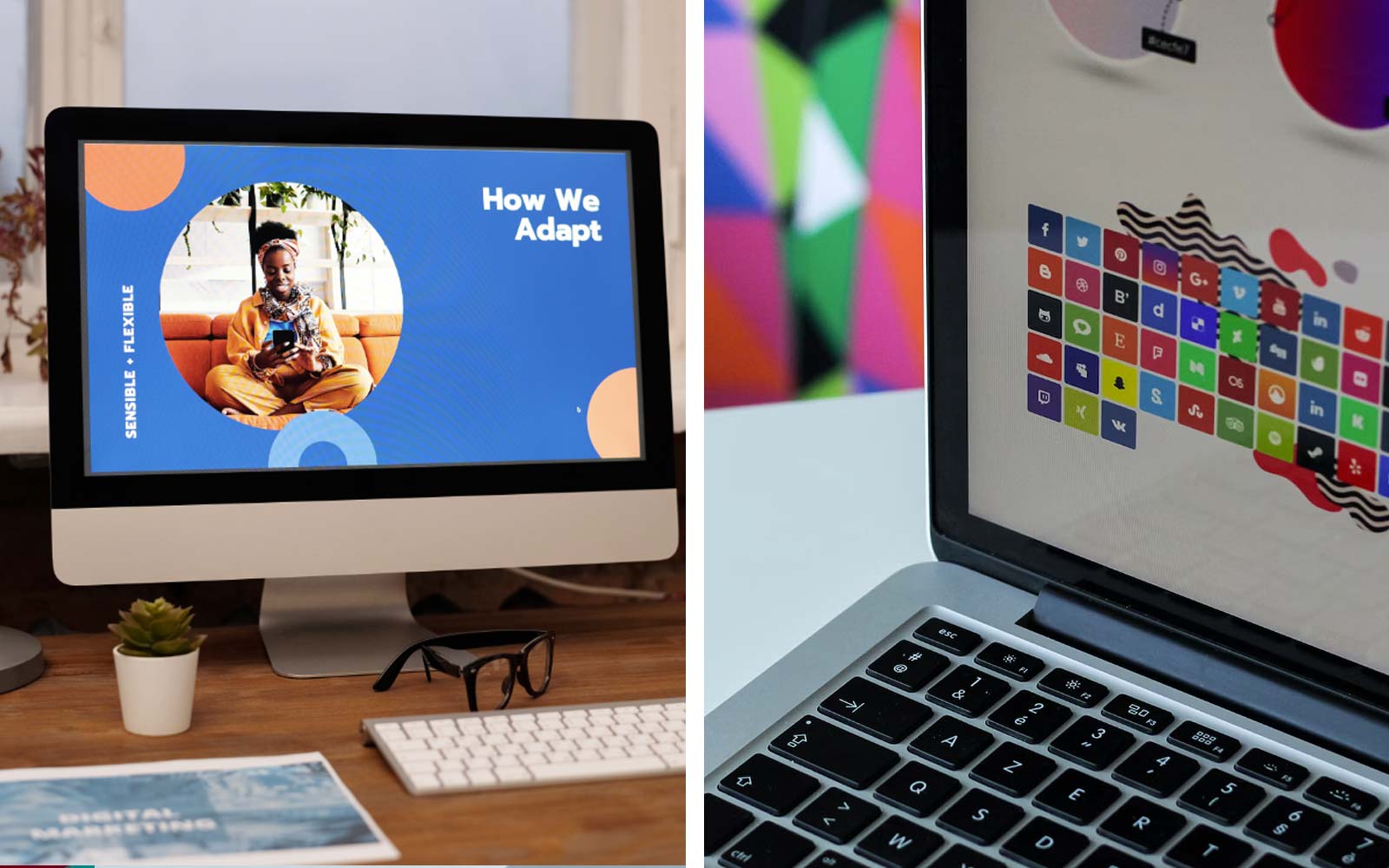Maximising Website Enquiries: A Comprehensive Guide
While having an online presence is essential, converting website visitors into actual inquiries requires a strategic approach. In this article, we will explore effective ways to en

In the world of web design, creating an aesthetically pleasing and functional website is paramount. However, the most successful web designers understand that design goes beyond aesthetics. It’s about creating an experience that resonates with users on a deeper level. One of the key elements that can significantly impact user experience is colour psychology.
The use of colour is not arbitrary; it’s a deliberate choice that can influence user emotions and actions. In this article, we’ll delve into the fascinating world of colour psychology in web design and unveil the secrets of the best designers who harness this power to create engaging and effective websites.
The role of colour psychology in web design is pivotal in shaping user experiences and influencing user behavior. It involves strategically using colors to evoke specific emotions, convey brand identity, guide user actions, and enhance overall website usability. In essence, colour psychology in web design is a powerful tool that designers wield to create visually appealing, emotionally resonant, and effective online experiences.
Colour psychology is the study of how different colours affect human emotions and behaviors. It’s a field that has been extensively researched and applied in various industries, including marketing, interior design, and, of course, web design. Different colours evoke different feelings and associations, and understanding these can help designers make informed choices that align with the goals of a website.
One of the key aspects of color psychology in web design is establishing a strong brand identity. Colours can become synonymous with a brand, making it instantly recognisable. Think about brands like Coca-Cola and their association with red or Starbucks with their signature green. When users see these colours, they immediately think of the respective brands. Effective colour branding can help create a lasting impression and build brand loyalty.
Different colors evoke different feelings and associations, and this knowledge is often leveraged in various aspects of design, marketing, and branding. Let’s explore how color can affect each of these areas:
Colour psychology can guide users through a website’s interface. For example, call-to-action buttons are often designed in contrasting colours to draw attention and encourage clicks. Red or orange buttons, with their associations with urgency and action, are commonly used for elements like “Buy Now” or “Sign Up.” On the other hand, softer colours like light blue or green may be used for less critical actions or navigation elements.

Colour psychology also extends to the readability and accessibility of a website. The contrast between text and background colours is essential to ensure that content is easily legible for all users, including those with visual impairments. Following accessibility guidelines, such as the Web Content Accessibility Guidelines (WCAG), is crucial to making a website inclusive and user-friendly.
In summary, the psychology of color in web design is essential because it goes beyond aesthetics. It is a powerful tool that can shape user behavior, convey brand identity, create emotional connections, and influence the overall user experience. Expert web designers understand how to harness the psychology of color to achieve specific goals and create impactful and effective websites.
Colour is a fundamental element of website design branding, and its strategic use plays a pivotal role in shaping a brand’s identity and user perception.
The colours chosen for a website are often the first visual elements users encounter, making them a vital component of brand identity. Establishing a consistent color palette helps create a cohesive and recognisable brand image. When users see these colours, they should instantly associate them with the brand.
Colours have the power to convey emotions and values. For instance, warm colors like red and orange can evoke excitement and energy, making them suitable for brands aiming to appear dynamic and passionate. In contrast, cool colours like blue and green often signify calmness, reliability, and nature, which can be appealing to brands looking to convey trustworthiness and eco-friendliness.
The best web designers possess a deep understanding of how to leverage color psychology to create emotional connections with website visitors. These exceptional designers recognise that colours have the power to evoke emotions and influence user behavior.
The best web designers will skillfully know how to utilise warm and compassionate colors to encourage empathy and donations for example a charity website, while an e-commerce site crafted by these experts may employ vibrant and enticing colors to stimulate excitement and inspire immediate shopping.
Their ability to strategically choose and implement colors aligns with the website’s goals and target audience, allowing them to forge powerful emotional connections that drive engagement and achieve desired outcomes.


However, it’s important to note that cultural and personal factors can influence individual reactions to colours. What may convey one emotion in one culture could have a different meaning in another. Therefore, it’s essential to consider the target audience and cultural context when choosing colour schemes for a website.
Individual preferences also play a role. Some people may have strong positive or negative associations with specific colors based on personal experiences or cultural backgrounds.
In conclusion, colour psychology is a valuable tool in web design that can impact user behavior, brand identity, and overall user experience. By carefully selecting and implementing colours that align with the website’s goals and audience, designers can create visually appealing and effective websites that leave a lasting impression.
While having an online presence is essential, converting website visitors into actual inquiries requires a strategic approach. In this article, we will explore effective ways to en
There are various grants and funding opportunities available in Ireland to support website development and other digital initiatives. However, the availability of specific grants c
Two fantastic options for creating and overseeing e-commerce websites are WordPress and Shopify. Each platform boasts distinctive features and capabilities, tailored to diverse nee
Just as a well-designed building seamlessly integrates with its surroundings, an exceptional website should harmonise with its content and purpose. We’ll examine how these we
Print design remains an essential facet of graphic design that encompasses various mediums such as brochures, posters, magazines, and packaging. Unlike digital design, print materi
Simple web design not only enhances user experience but also fosters a sense of clarity, elegance, and efficiency. Let’s explore the art of keeping it simple in web design an
A visually engaging and aesthetically pleasing design not only captures the attention of visitors but also helps in building a strong brand identity. By incorporating a cohesive de
A brand style guide is an indispensable tool for ensuring consistency and coherence in how a brand presents itself to the world. It serves as a foundation for brand identity, empow
In the world of web design, creating an aesthetically pleasing and functional website is paramount. However, the most successful web designers understand that design goes beyond ae
Whether it’s a corporate office, a museum, a retail store, or a public park, the design of these spaces has a profound impact on our well-being and how we perceive and intera
Minimal website design Examples A Brief Introduction to Minimal Website Design & Some Examples Fashion minimalistic design Grid-based minimalistic website Minimal Makeup &
Font Pairings For Brand Ten featured font pairings to enhance your website brand Fonts are a crucial part of any design, and the right pairing can make all the difference. But wit
Design Articles Blog
![]()
Your digital success story starts here